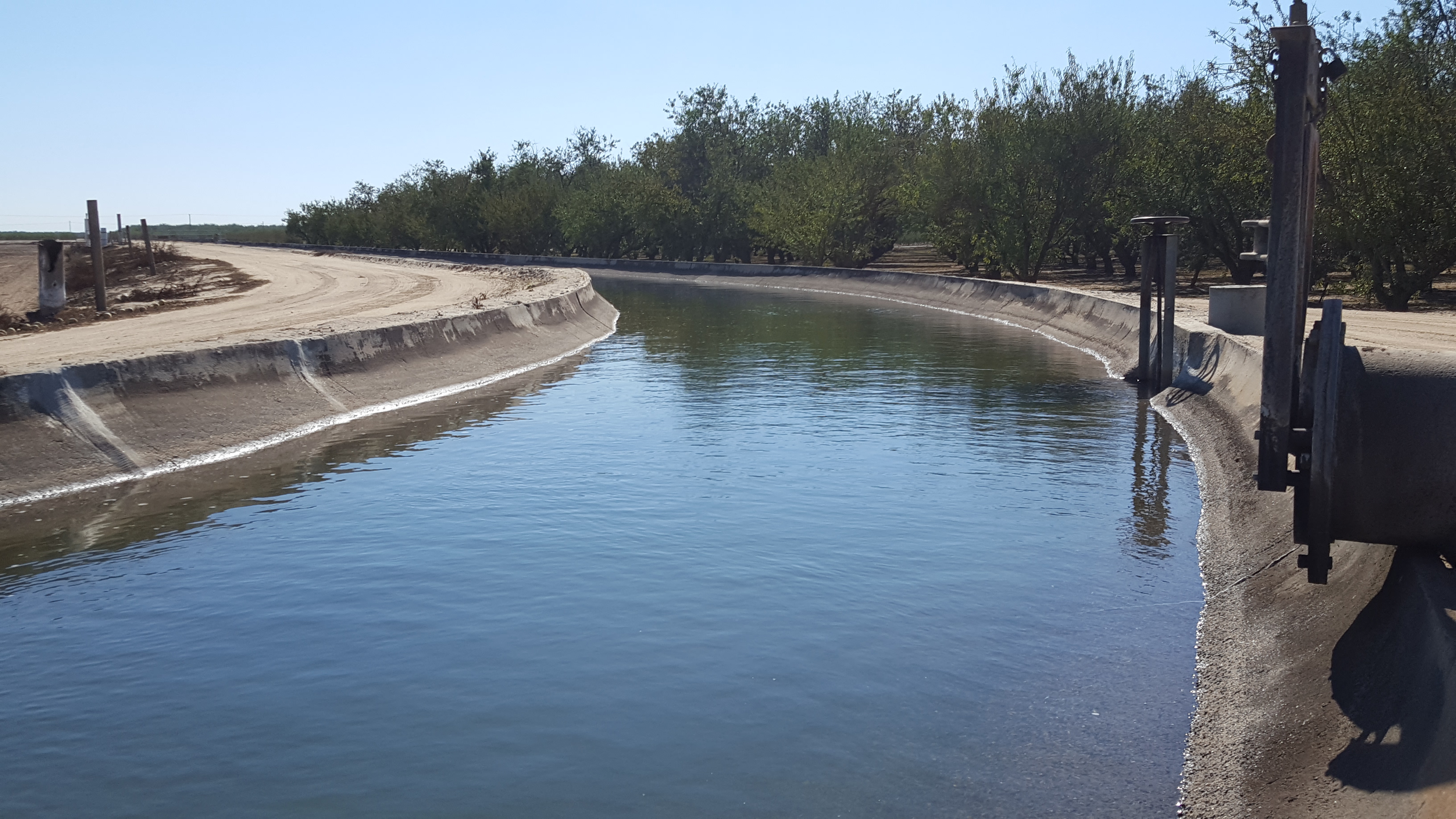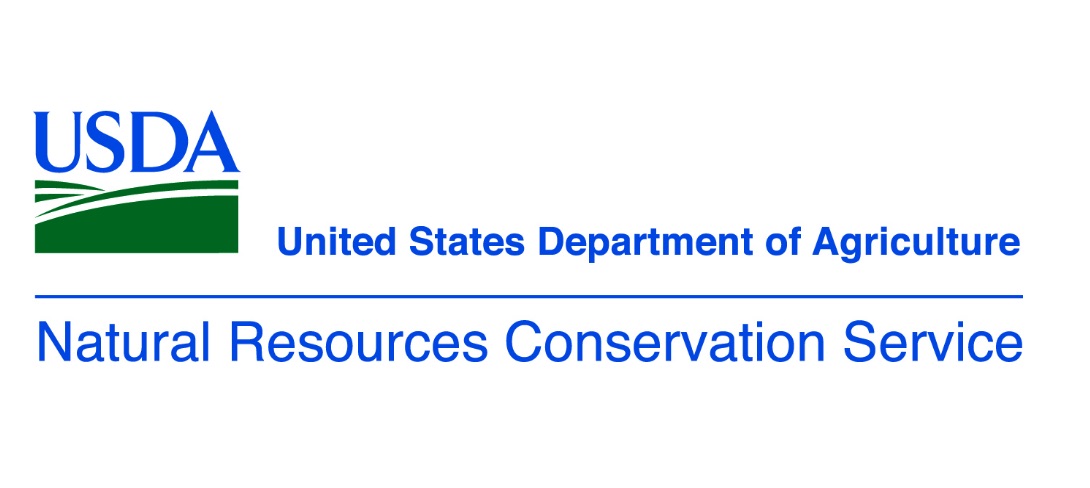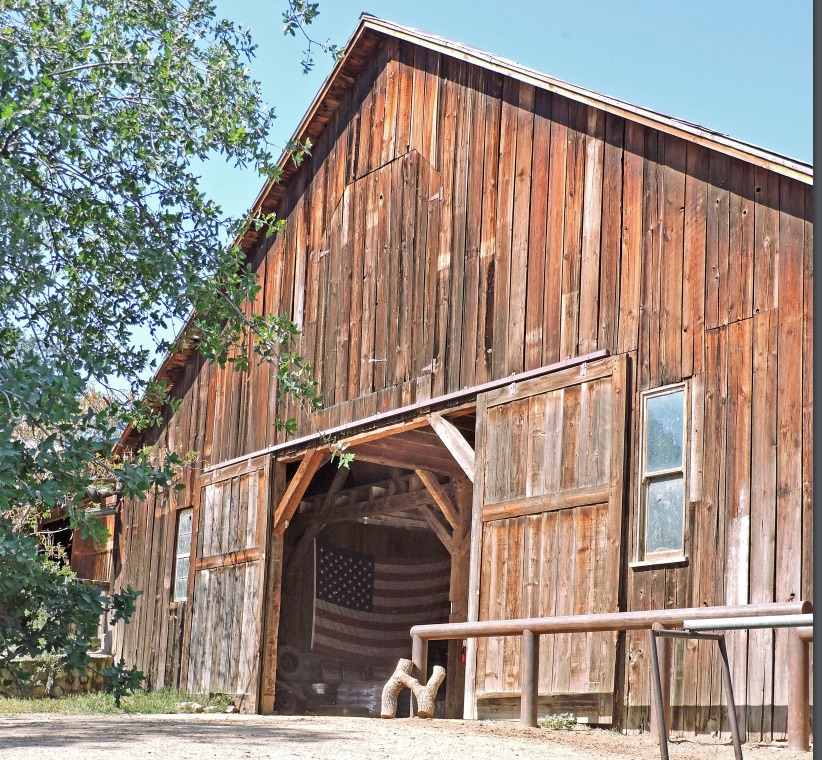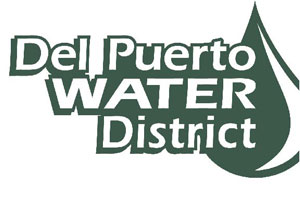Farm Water Coalition Shames State Water Resources
Farm Water Coalition Shames SWRCB Over Proposal
By Patrick Cavanaugh, Farm News Director
The California Farm Water Coalition (Coalition) was formed in 1989 to increase public awareness of agriculture’s efficient use of water and to promote the industry’s environmental sensitivity regarding water.
Mike Wade, executive director of the Sacramento-based Coalition, has major concerns about the State Water Resources Control Board (SWRCB)‘s proposal of taking 40% of the water from many irrigation districts along three rivers that flow into the San Joaquin River to protect an endangered fish. The SWRCB proposes to divert water from the Stanislaus, Tuolumne and Merced Rivers to increase flows in the Sacramento Delta.
Wade explained, “The Endangered Species Act (ESA) is important for the United States, and we want to see it work. However, it’s not working. It’s not helping fish, and it’s hurting communities.” But Wade wants to revise the ESA “in how we deal with some of the species management issues.”
Wade said SWRCB is doubling down on the same tired, old strategy that is not going to work any more now than it has in the past. “What happened in the past isn’t helping salmon. What’s happened in the past isn’t helping the delta smelt. You’d think someone would get a clue that maybe other things are in play, there are other factors that need to be addressed.”
The State Water Resources Control Board estimated the proposed 40% diversion of river flow would decrease agricultural economic output by 64 million or 2.5% of the baseline average for the region.
Ag officials warn that if the proposal goes through it would force growers in the area to use more groundwater—which they have largely avoided because the Turlock Irrigation District and Oakdale Irrigation District historically met the irrigation need of local farms.
This is the only agricultural area in the Central Valley that does not have critical overdraft problems. If the state takes away 40% of water available to growers, it could lead to a critical overdraft issue there as well.
































